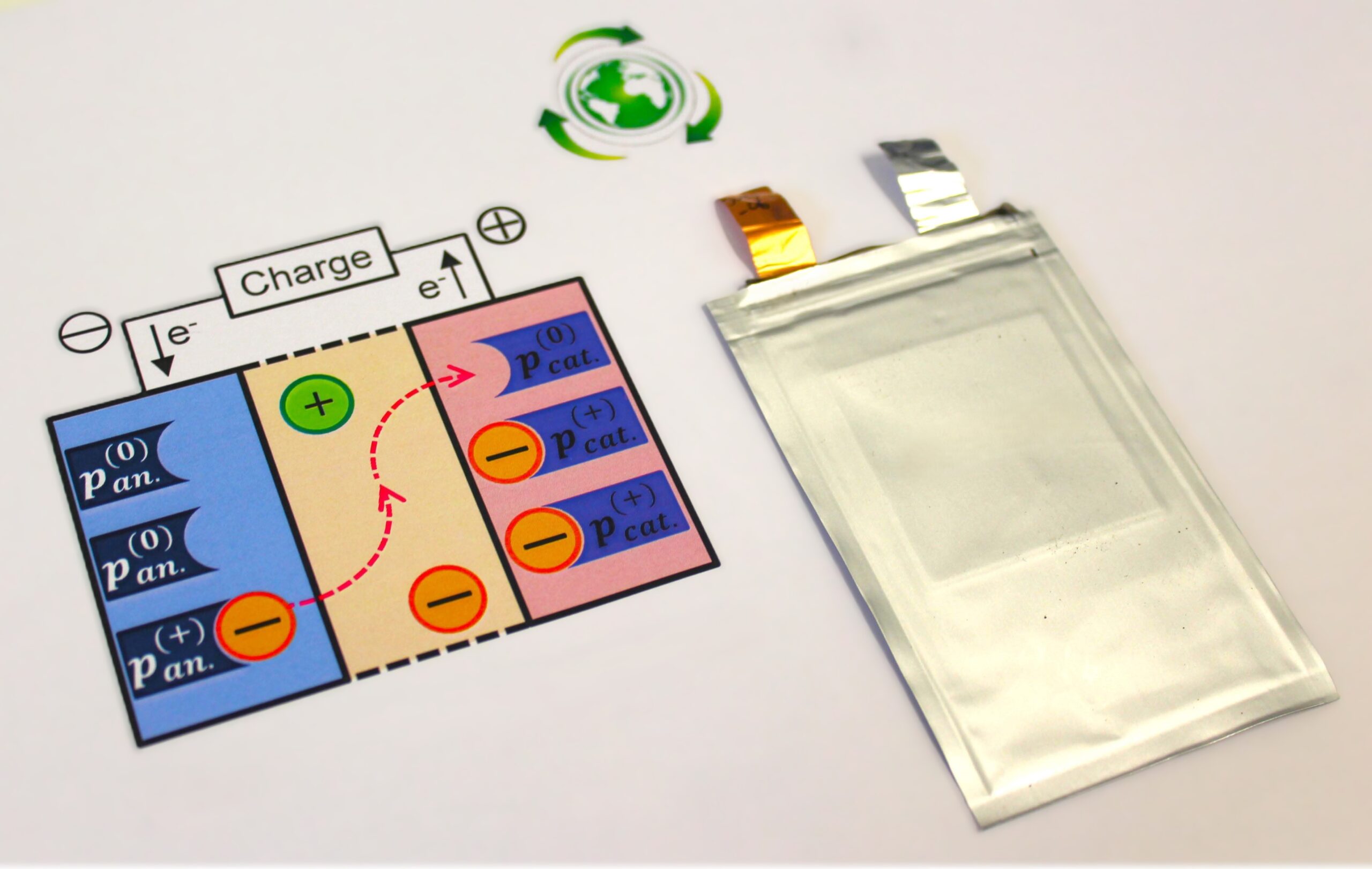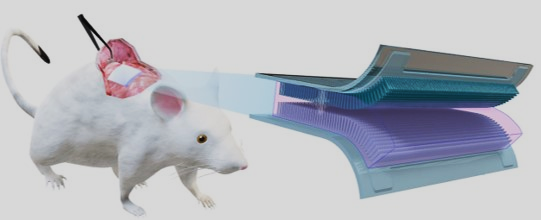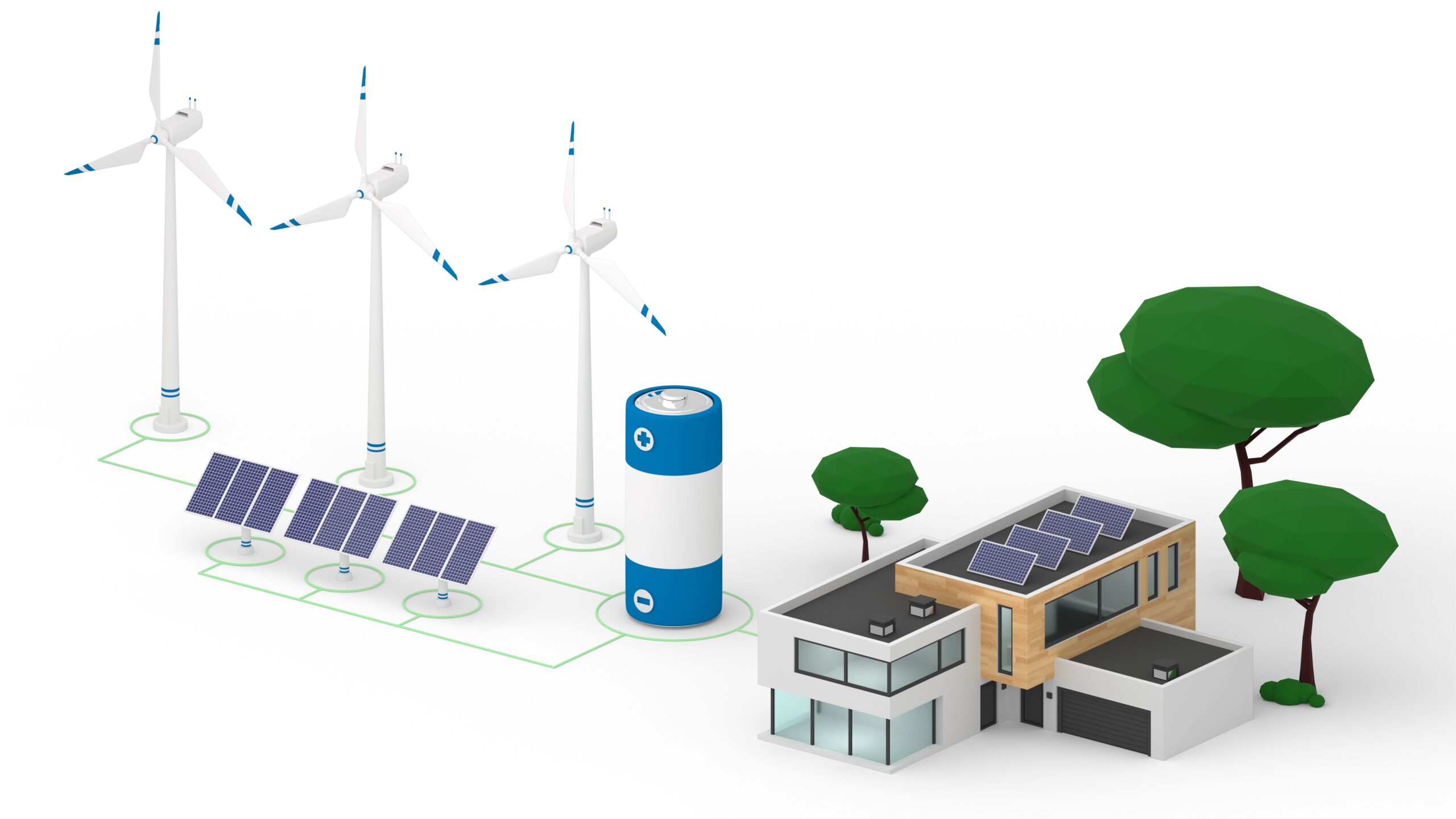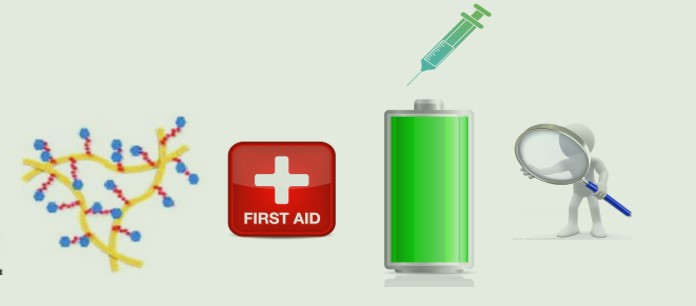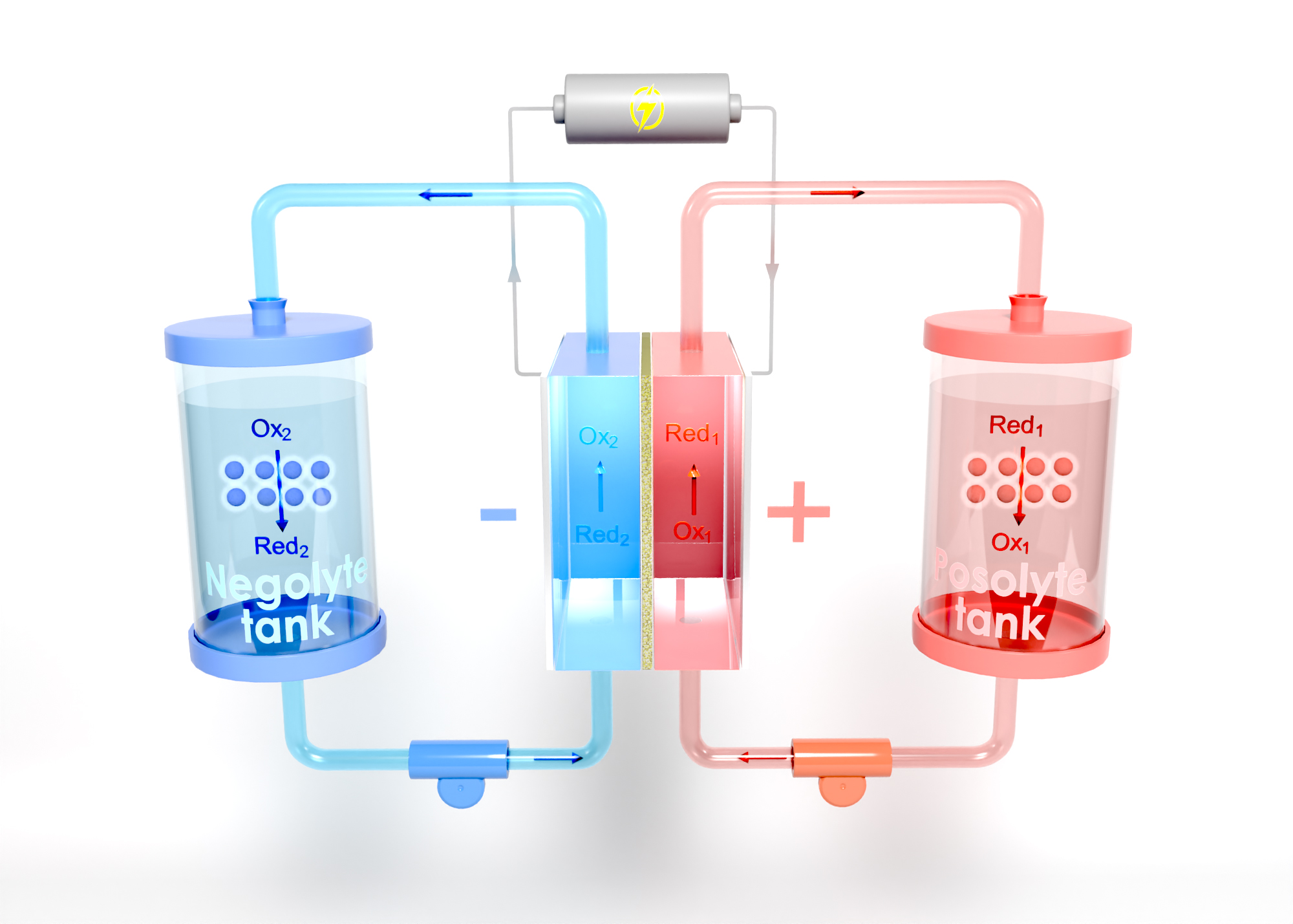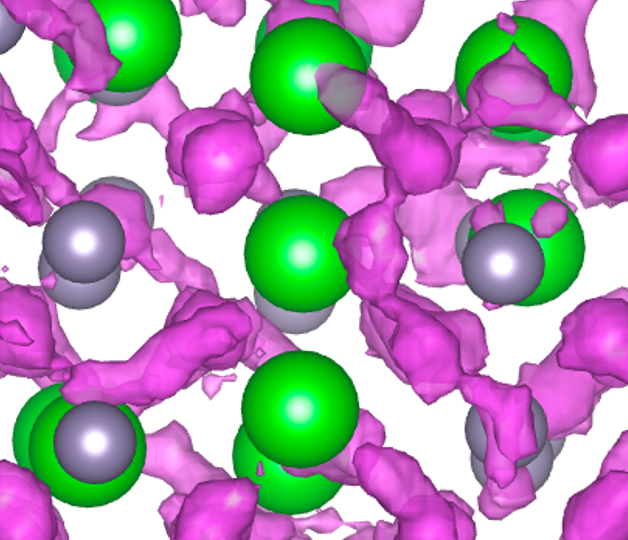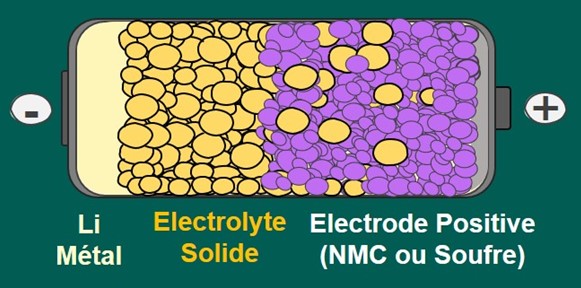
LIMASSE
All-solid-state lithium metal batteries
Overview
High-energy-density all-solid-state batteries: Li metal as the negative electrode, Ni-rich NMC or C-S composite as the positive electrode.
Prof. Christian MASQUELIER (LRCS, UMR CNRS 7314, Université de Picardie Jules Verne, Amiens)
Dr. Cédric HAON (CEA Liten, Grenoble)
The objective is to develop reliable prototypes of solid-state batteries using lithium metal at the negative electrode, with improved energy densities and good capacity retention. Two types of positive electrodes are targeted: Carbon/Sulfur as a candidate for Gen5 technology, and Ni-rich NMC to address the fundamental challenges of solid-state batteries (Gen4b). A thorough study of solid/solid interfaces will lead to the synthesis of high-performance materials. Coating, extrusion processes, or alternative methods such as 3D printing will be explored to produce and test all-solid-state cells with a capacity of over 1Ah, achieving a specific energy greater than 400 Wh/kg over 100 cycles with more than 80% of the initial capacity.
Keywords
All-solid-state, lithium metal, argyrodite, sulfur, prototypes, interfaces, energy batteries.
Tasks
Our research
Surface and interface management
The existing technological platforms in Lille and Bordeaux will be enhanced with innovative equipment to offer vacuum deposition techniques for the development of thin films of ionic conductors between the electrolyte and electrodes. The project will also explore “lithium-free” electrodes by using lithiophilic substrates (Li-containing alloys).
Materials and coatings
Different optimization approaches for high-nickel NMC electrodes will be explored, including: NMC composition and morphology, NMC/electrolyte composites, and interface chemistry. Similarly, the development of carbon-sulfur electrodes will be pursued, focusing on adaptation to all-solid-state technology and testing of electrolyte/electrode composites. Various solid electrolytes will also be studied.
Implementation and prototyping
Various processes will be developed to adapt to a solid electrolyte, specifically extrusion, coating, and 3D printing (FDM and Binder Jetting). The goal is to manufacture pouch cells with a capacity greater than 1Ah, achieving an energy density of 250 Wh/kg, and eventually 400 Wh/kg, while maintaining stability over 100 cycles (80% of the initial capacity).
Advanced characterization
Characterization protocols for miniaturized cells will be developed both ex situ and quasi in situ. Large cross-sectional mappings will be performed to observe embedded interfaces. Ionic transport mechanisms between electrodes and electrolyte will be studied using NMR and EPR spectroscopy. These spatially and chemically selective analyses will be conducted in situ, and even operando, thanks to the miniaturization of the cells.
The consortium
10 academic laboratories (joint units of the University and CNRS), 3 CEA institutes
This project will achieve significant advancements in the field of all-solid-state batteries with lithium metal at the negative electrode. Various electrode/electrolyte implementation processes will be qualified for all-solid-state technologies. Advanced characterization techniques tailored to all-solid-state batteries will be developed and can be applied to other chemistries as well.
Reduction of greenhouse gas emissions, particularly those generated by transportation, and support for the increase of variable renewable energy sources through their storage and on-demand release.
Recruitment/training of 23 collaborators: 8 PhD students, 12 postdoctoral researchers, and 3 engineers.

Les autres projets PEPR
